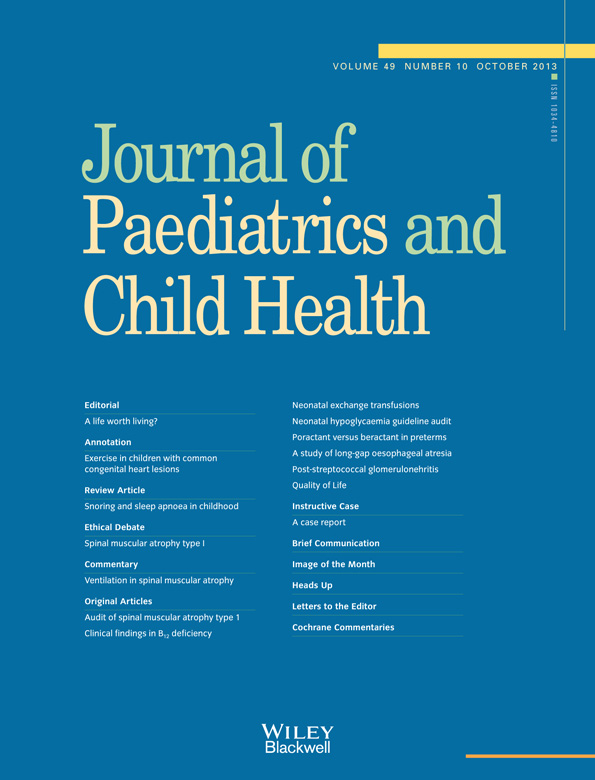Duodenal bulb biopsy for the diagnosis of coeliac disease
I read with great interest the findings of Sharma et al.1 that may prove of paramount importance for the diagnosis yield of coeliac disease (CD) in children. They reported that 8 (7.92%) of 101 children had biopsy changes consistent with CD (Marsh 3 atrophic-type lesions in the context of positive coeliac serology) that is exclusively limited to the duodenal bulb with normal histology in the distal duodenum. They rightly emphasise that if bulb biopsy is not undertaken, CD could be potentially missed, and acknowledge the limitation of their retrospective observational study with a small sample size.
My concern is to support the relevance of their conclusions from results of prospective studies published in adult CD and to add technical endoscopic precisions that may increase the detection rate of villous atrophy in biopsy specimens taken from the duodenal bulb. In adulthood, although the patchiness of intestinal lesions including villous atrophy2 is well established since decades, only a handful of cases of CD strictly limited to the duodenal bulb have been reported up to 2011. Indeed, in 2011, Evans et al.3 published a large, controlled, prospective study of duodenal bulb biopsies in newly diagnosed and established adult CD, from a series of 211 CD patients and 250 controls. Both new diagnosis CD (9%) and established CD (14%) were more likely (P < 0.0001) to have villous atrophy (grade 3a and 3b of modified Marsh criteria) than controls in the duodenal bulb alone, which confirmed an increased detection rate of CD by taking a bulb biopsy in patients with positive coeliac serology.3 Finally, in 2012, using duodenal bulb biopsies in a prospective cohort study in adults, Kurien et al.4 reported an 18% increase in diagnostic yield of CD. To achieve a 100% sensitivity, they recommended to take at least one targeted duodenal bulb biopsy specimen from the 9 or 12-o'clock positions, combined with four biopsy specimens from the second part of duodenum: indeed, bulb biopsy specimens taken from each of these two positions identified the most severe lesions of villous atrophy (Marsh grades 3a–3c) in 100% of their cases.4 The consistency of these recent results with those of Sharma et al.1 reconfirms the interest to still compare the data issued from paediatric and adult gastroenterology.




